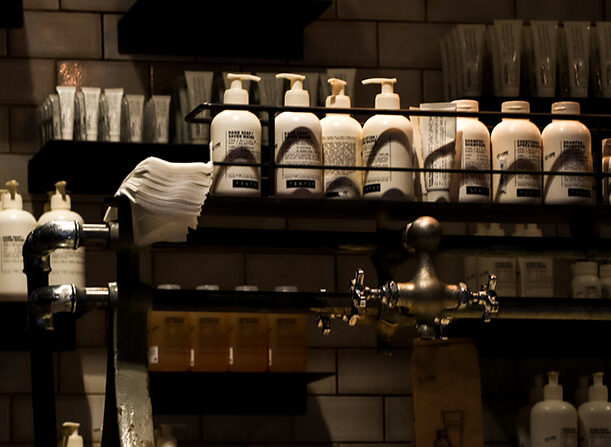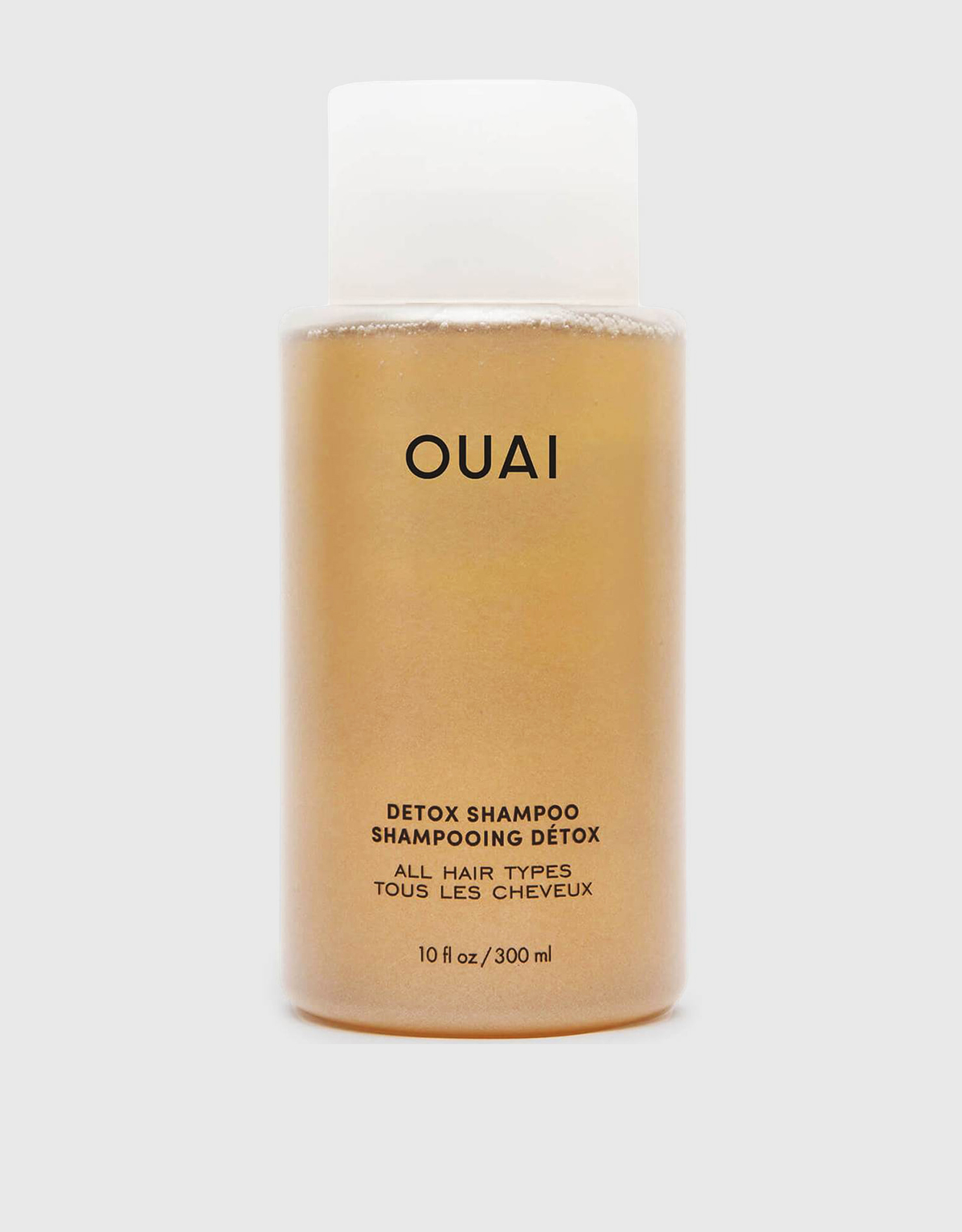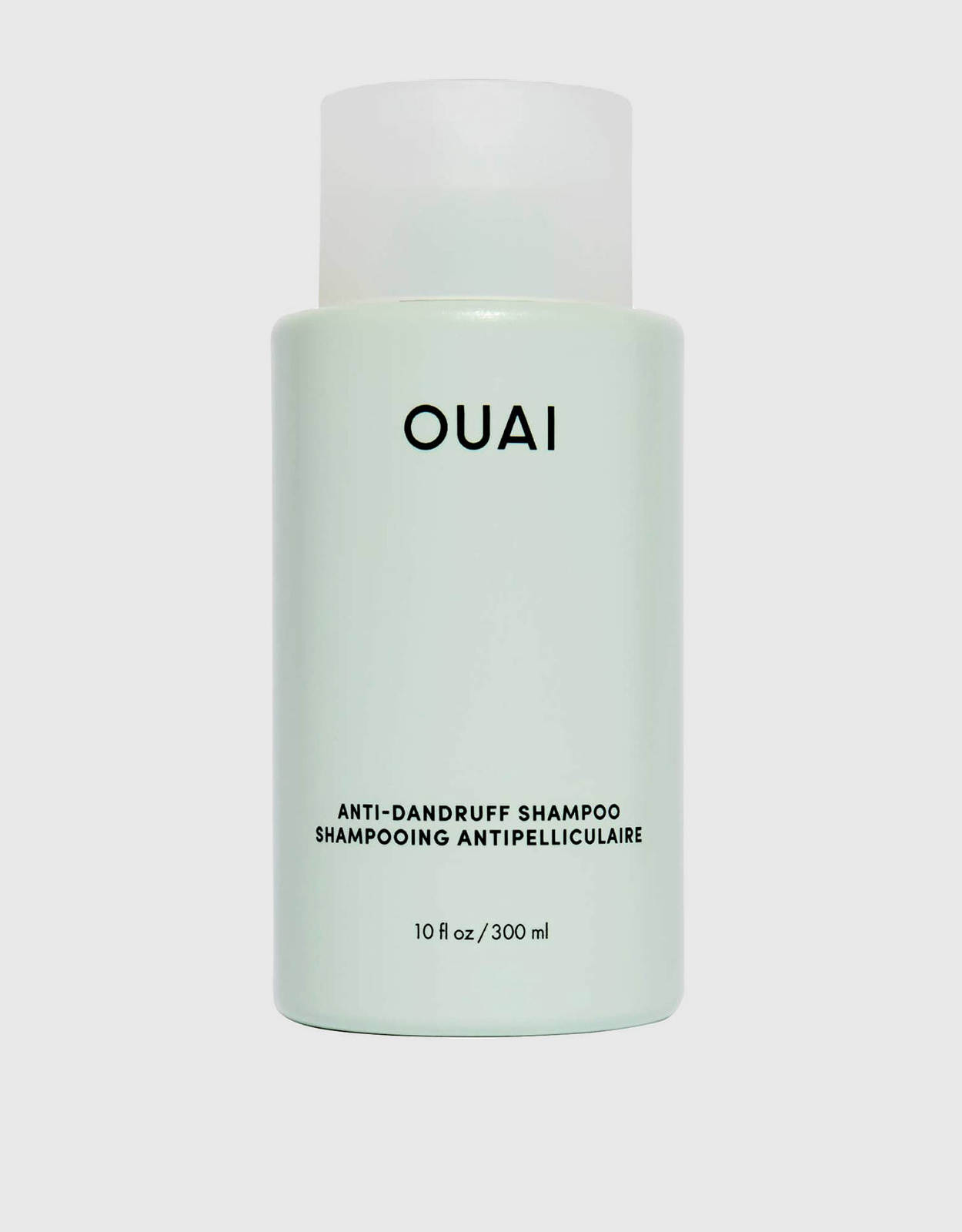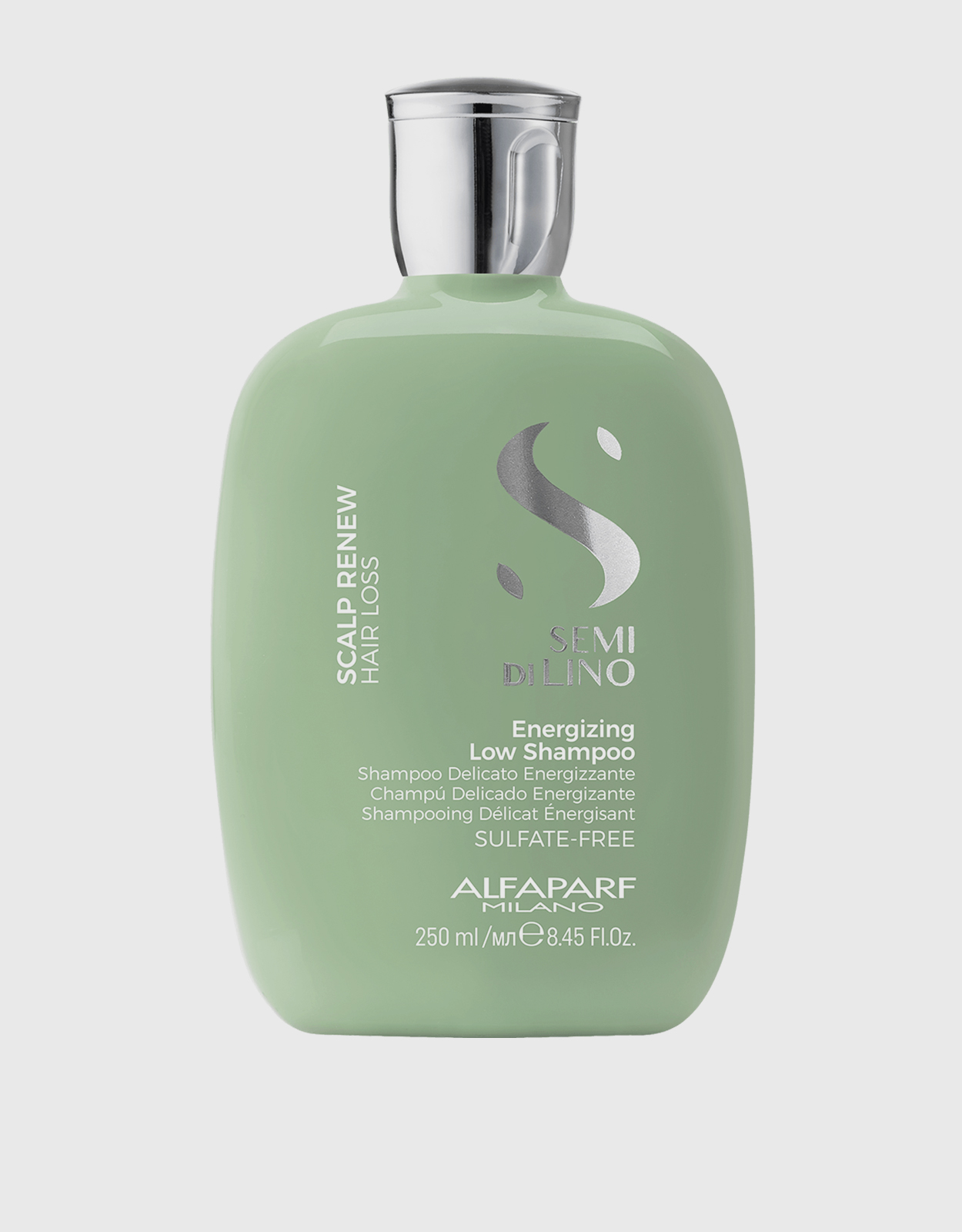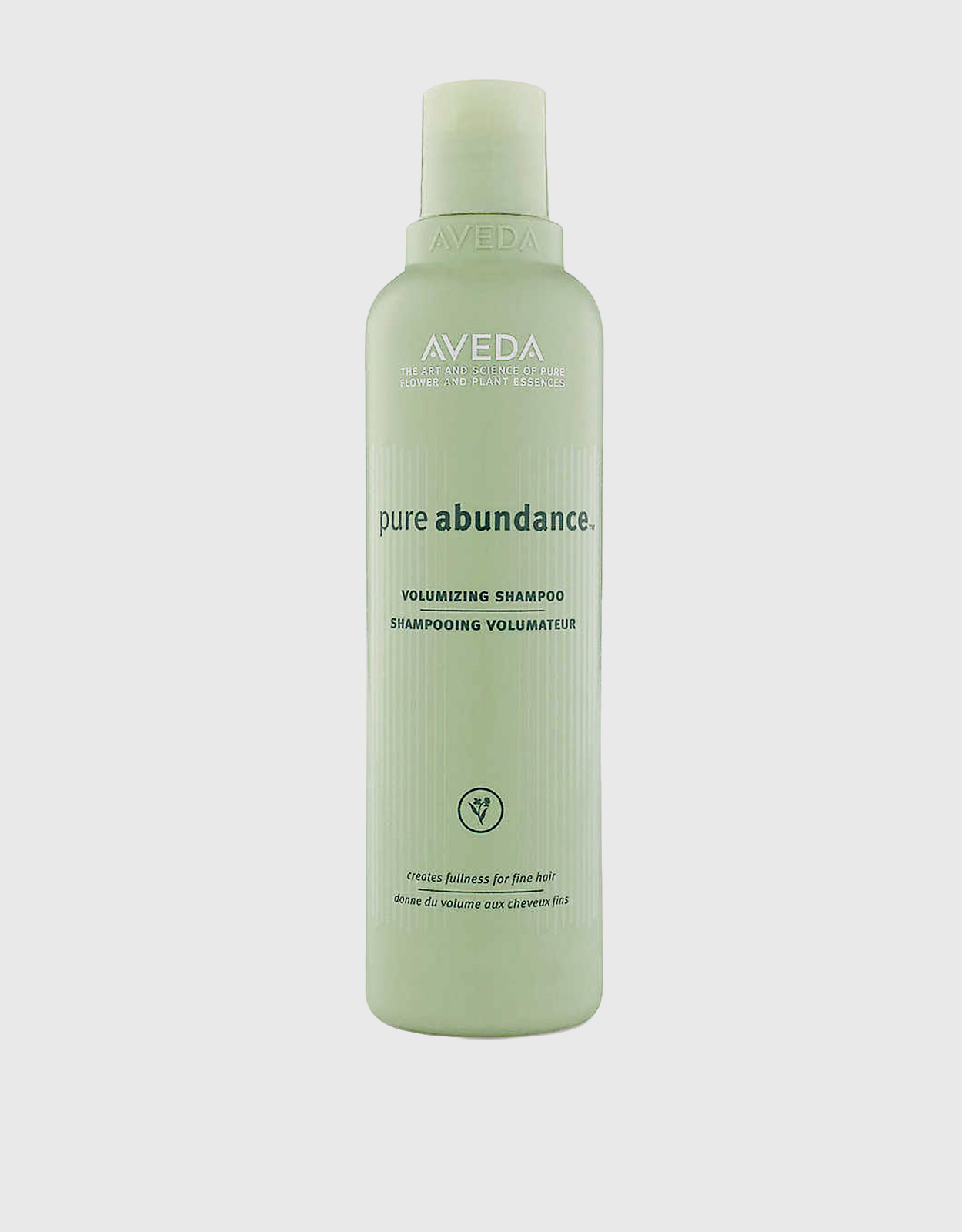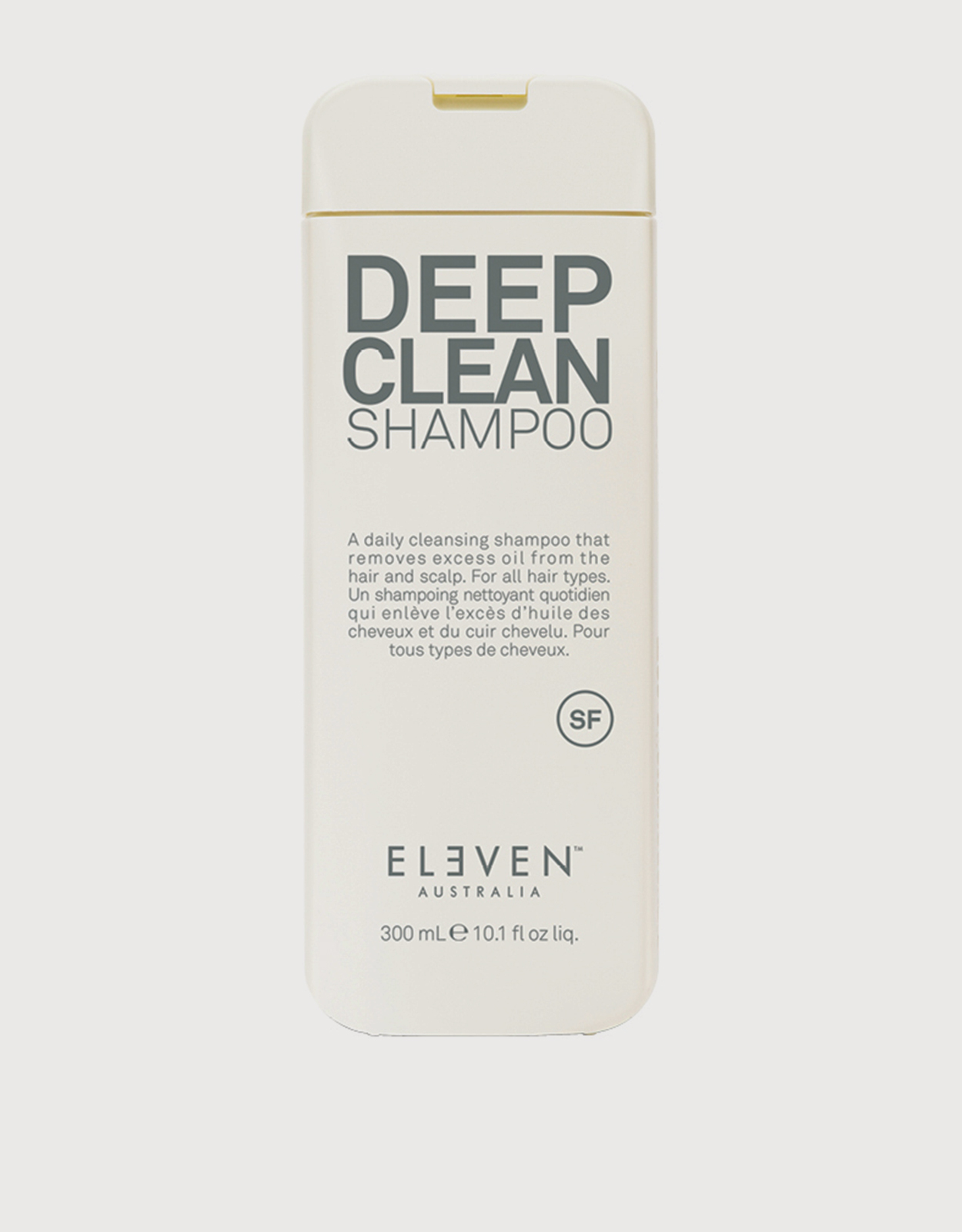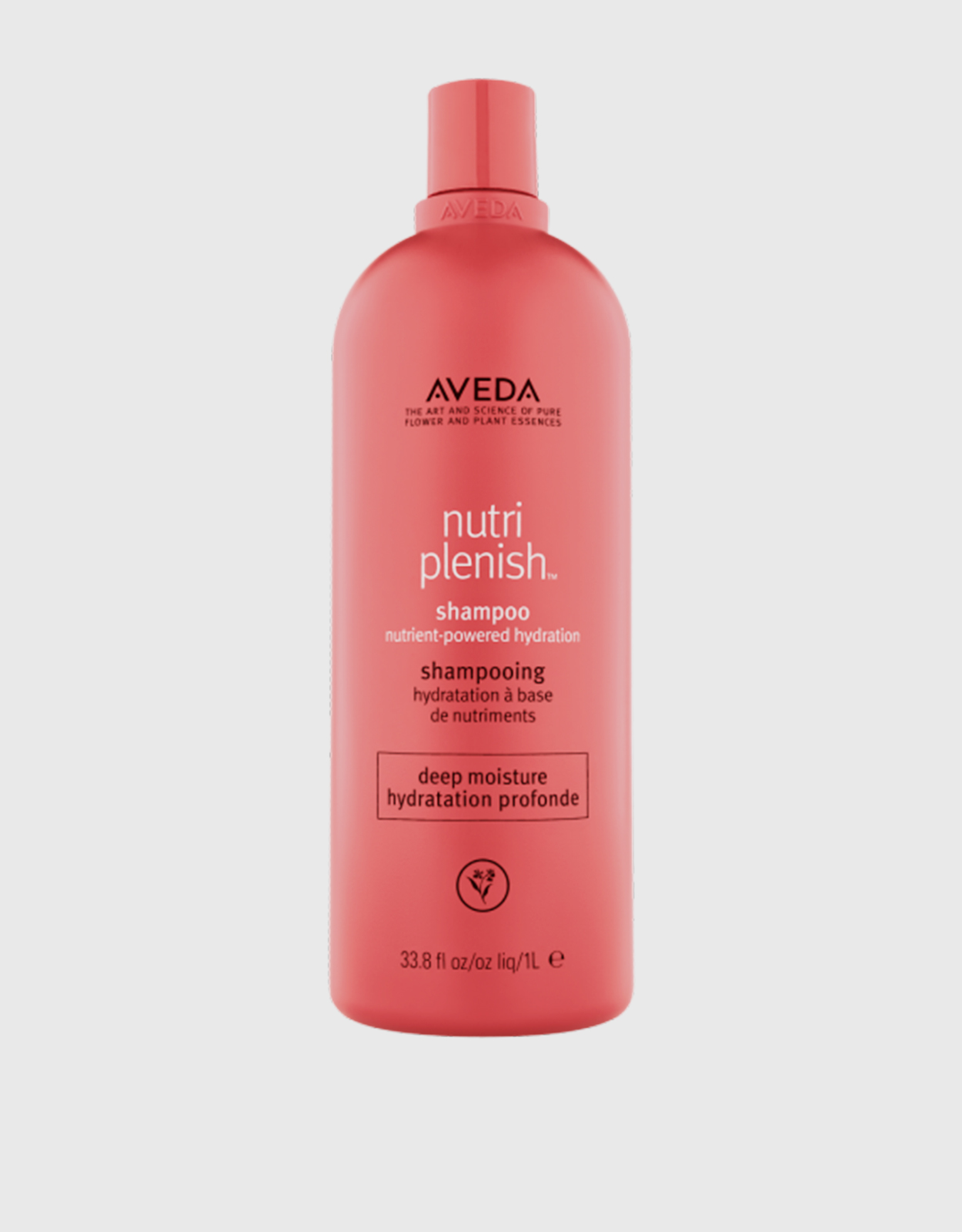This post is also available in:  English
English 繁體中文 (Chinese (Traditional))
繁體中文 (Chinese (Traditional))
How to choose the right shampoo for you?
COVER STORY / 2024-04-10
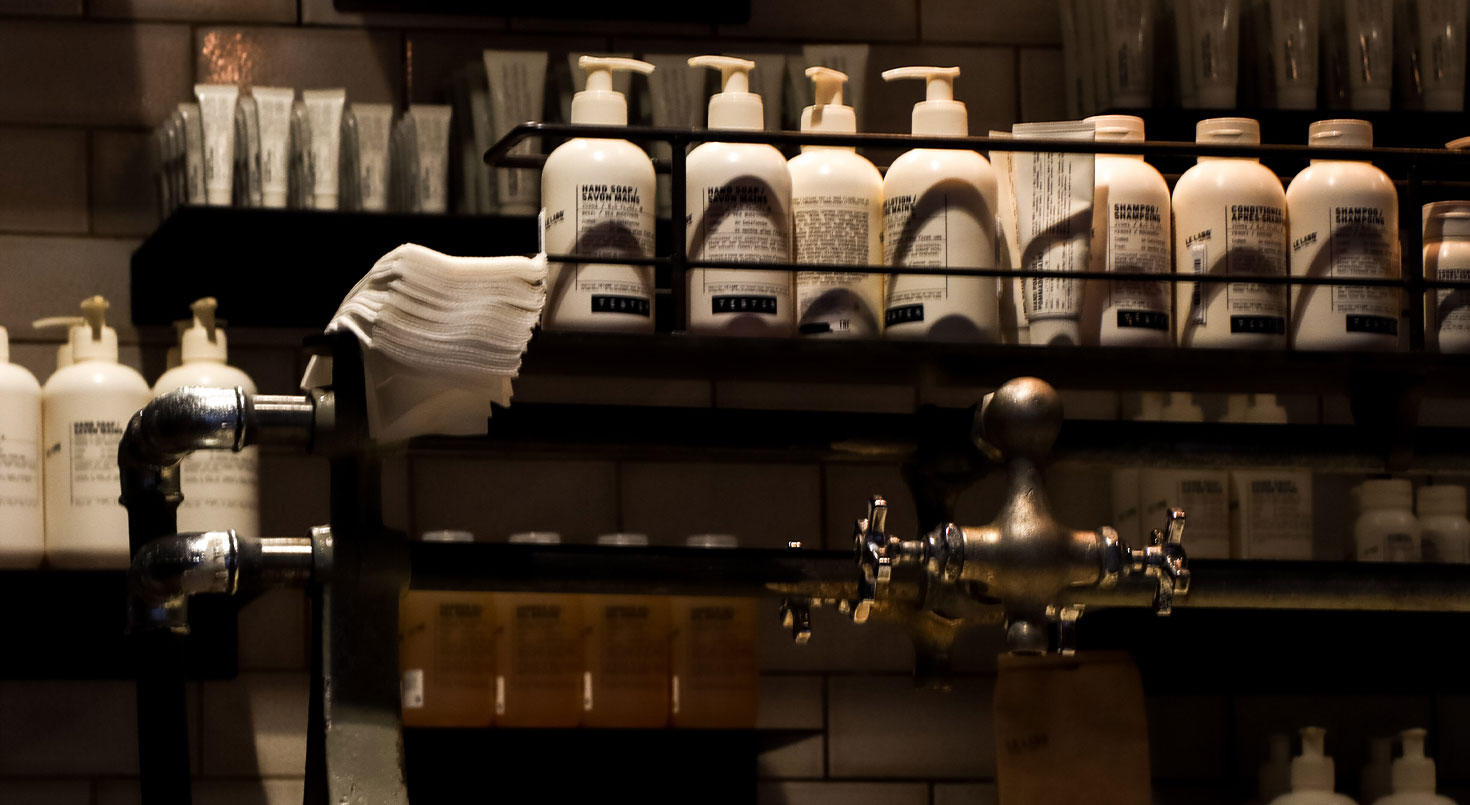
In today's society, there is an increasing emphasis on hair care and maintenance. Choosing the right shampoo is the first step in hair care, we believe many of us have experienced the dilemma of selecting the perfect shampoo. With the wide variety of options available in the market, haphazard purchases can harm both the quality of our hair and our wallets. So, how can we make the right choice to keep our hair healthy and beautiful? Don't worry, today we will provide you with a comprehensive selection guide, ensuring that you can nurture a radiant halo around your hair, making it an achievable dream!
1. How to choose the right shampoo for yourself?
2. What types of shampoos are there to choose from?
3. Can shampoo be used every day?
4. Does shampoo cause damage to the scalp and hair?
5. Can shampoo cleanse dandruff in the meantime?
6. Are the chemicals in shampoo harmful to health?
7. Will shampoo containing silicone damage hair or not?
8. How can I prevent shampoo from causing split ends in my hair?
9. Does shampoo make hair more shiny?
10. Is shampoo suitable for colored or permed hair?
11. What do I need to pay attention to when using shampoo in different seasons?
12. Steps to use shampoo correctly
13. Before using shampoo to clean you can also do this!
How to choose the right shampoo for yourself?
Finding the right shampoo can feel overwhelming with endless choices on the shelf. But worry not! This guide will equip you with the knowledge to pick the perfect product for your unique hair and scalp.
Know Your Hair and Scalp:
- Hair Type: Dry, oily, dyed, curly, damaged – each needs a specific shampoo. Dry hair craves moisture, oily hair needs deep cleansing, dyed hair requires color protection, curly hair benefits from hydration, and damaged hair needs repair.
- Scalp Condition: Dandruff or itchiness? Look for anti-dandruff shampoos. Sensitive scalp? Choose gentle formulas free of harsh chemicals.
Decode the Ingredients:
- Simple is Best: Opt for shampoos with fewer ingredients and organic certifications whenever possible. This minimizes the risk of irritation.
- Repair Power: Consider shampoos with added repair ingredients to address specific concerns like breakage or split ends.
Finding the Right pH:
Healthy scalps have a slightly acidic pH between 6.2 and 5.2. Choose shampoos with a similar pH to minimize scalp irritation.
Brand Reputation Matters:
- Quality & Service: Well-known brands often invest in quality ingredients and reliable production processes.
- Reviews & Recommendations: Reading reviews and recommendations from other consumers can provide valuable insights.
Tailor to Your Lifestyle:
- Active Lifestyles: Frequent swimmers or athletes might benefit from shampoos that cleanse effectively and remove chlorine.
- Natural Approach: If you prefer natural products, explore organic and botanical ingredient-based shampoos.
Remember: There's no one-size-fits-all solution. The key is to find a shampoo that addresses your specific hair and scalp needs.
Choosing the right shampoo for you needs to be based on your own needs and the actual condition of your hair to make a choice, and pay attention to the shampoo ingredients, pH value, brand reputation and evaluation.
What types of shampoos are there to choose from?
Types of shampoo can be distinguished according to different characteristics, the following are common types of shampoo:
1. Deep cleansing shampoo: This shampoo usually contains powerful cleansing ingredients that can deeply cleanse the hair and scalp, remove oil and residue, and have some effect on dandruff.
2. Nourishing and repairing shampoo: This shampoo usually contains nourishing ingredients such as proteins, vitamins and plant extracts that nourish the hair and scalp, repair damaged hair, and make it softer and shinier.
3. Anti-breakage shampoo: This shampoo usually contains strengthening ingredients, such as proteins and amino acids, which strengthen hair fibers and prevent breakage and split ends.
4. Natural organic shampoo: This shampoo is usually made of natural organic ingredients, does not contain harmful chemicals, is milder to the scalp and hair, suitable for people with sensitive skin.
Can shampoo be used every day?
Shampoo can be used daily, but the frequency of use should depend on the condition and needs of the individual's hair. For people with oily hair or prone to oiliness, daily use of shampoo can keep hair clean and healthy, while for dry, dyed and permed hair, daily use of shampoo may accelerate hair damage, so it is recommended to use shampoo in moderation and decide the frequency and amount according to your hair condition and needs.
In addition, when using shampoo should be careful not to overheat the water temperature, the amount should not be too much, it is recommended to use shampoo containing natural ingredients, avoid using products containing hardeners, silicone oil and other ingredients harmful to the hair.
Does shampoo cause damage to the scalp and hair?
If used improperly or with inappropriate shampoos, damage to the scalp and hair can indeed occur. The following are the possible causes of damage to the scalp and hair:
1. Contains irritating ingredients: Some shampoos contain sulfate and alkaline ingredients, which may irritate the scalp and cause itchy, red and swollen scalp.
2. Contains harmful ingredients: Some shampoos contain ingredients that are harmful to hair and scalp, such as sodium benzoate and polyvinyl alcohol, which may cause damage to hair and scalp with long-term use.
3. Overdose: Too much shampoo may not only leave residue on the hair, but may also make the hair dry and frizzy, leading to hair breakage and split ends.
4. Wrong type of shampoo: Different types of hair require different shampoos, if you choose the wrong shampoo, it may make your hair worse!
If you are a person with sensitive scalp and hair, it is recommended to choose a shampoo with natural ingredients and use the amount and frequency carefully. If you are allergic or feel uncomfortable with a certain shampoo, you should stop using it immediately and consult a professional for advice.
Are the chemicals in shampoo harmful to health?
Some chemicals in shampoos can be harmful to health, especially if used for long periods of time or overused. The following are some of the chemicals that may be harmful to health:
1. Sulfate: Sulfate is a common content ingredient in shampoo, it can effectively remove oil and dirt from hair and scalp, but also may irritate the scalp, causing itchy, red and inflamed scalp.
2. Parabens: Parabens are a common preservative used in cosmetics and personal care products. Prolonged exposure to parabens may cause damage to the human endocrine system.
3. Polyvinyl alcohol: Polyvinyl alcohol is a thickener that is used to increase the viscosity of shampoos. Excessive use can make hair dry and frizzy, leading to breakage and split ends.
4. Dyes and fragrances: Dyes and fragrances are mostly used to add color and fragrance to shampoos, which may be allergic or overly aggressive for sensitive people.
In order to reduce the damage to the human body, it is recommended to choose shampoos containing natural ingredients and to reduce the frequency of using the same brand of products for a long time. If you are allergic to certain chemicals or feel uncomfortable, you should stop using them immediately and consult a professional for advice.
Will shampoo containing silicone damage hair or not?
Silicones are a common shampoo ingredient that are used to increase the shine and smoothness of hair, however, in recent years there has been controversy about whether silicones are harmful to hair. In fact, the use of silicone in shampoo is legal and safe, but for some people, silicone may cause some problems.
One of the problems is that silicone may make the hair more fragile if it is damaged or has other problems. In addition, the use of shampoos containing silicone may leave residues on the scalp and hair, which can lead to problems with sensitive or oily scalps. In addition, for some people, the use of silicone shampoos may make the hair too smooth and lose its natural texture and airy feel.
In conclusion, there is no absolute answer to the effect of silicones on hair quality, as it depends on the individual's hair type and needs. The best way is to know what your hair needs and choose the most suitable shampoo.
How can I prevent shampoo from causing split ends in my hair?
The following are some suggestions to prevent shampoo from causing split ends on hair:
1. Choose the right shampoo for your hair type: Different hair types need different shampoos, for example, dry hair needs a moisturizing shampoo, and oily hair needs a deep cleansing shampoo.
2. Proper shampooing: Excessive cleaning of the scalp will strip the hair of its natural oils and moisture, causing it to dry out and break easily.
3. Use a gentle shampoo: Choose a gentle shampoo that does not contain sulfates to reduce hair damage and split ends. Sulfates are strong detergents that can strip hair of its natural oils and moisture, causing split ends.
4. Avoid using too hot water to wash your hair: Using too hot water to wash your hair will make your hair dry and easy to break, it is recommended to use warm water to wash your hair to keep the moisture and shine.
5. Use conditioner: Conditioner helps hair retain moisture and shine, making it easier to comb and style, and reducing split ends.
6. Avoid excessive combing and pulling: Excessive combing and pulling can also cause split ends. We recommend using a wide tooth comb and combing gently through the hair, avoiding pulling on the hair when it is wet.
Does shampoo make hair more shiny?
Shampoo can help clean hair, but not all shampoo can help hair more moisturized, some shampoo contains moisturizing ingredients, such as: natural oils, plant extracts, etc., can moisturize hair, making it more soft, smooth, some shampoo contains hardening agents, alcohol and other ingredients, these ingredients may make the hair dry, easy to break. Therefore, choose a shampoo with moisturizing ingredients to make your hair more moisturized. In addition, depending on the situation, hair care products such as conditioners or hair masks can also help to improve the moisture level of the hair.
Is shampoo suitable for colored or permed hair?
Shampoo is generally suitable for colored or permed hair, but because the hair after coloring or perming has been damaged, so you need a more gentle shampoo, choose a shampoo with moisturizing ingredients, such as: shampoo containing natural oils or plant extracts, can help moisturize the hair after coloring or perming to reduce further damage, in addition to avoid using too hot water temperature and too much shampoo. Properly control the frequency of shampooing to prevent hair from becoming more dry.
What do I need to pay attention to when using shampoo in different seasons?
When using shampoo in different seasons, you need to pay attention to the following matters:
1. Spring / summer: high temperature hair easily sweat, use a refreshing shampoo can effectively remove dirt on the scalp and hair, to keep the scalp dry. Also pay attention to the strong summer sun, use shampoo with sunscreen ingredients to protect the scalp and hair from UV damage.
2. Autumn / winter: the temperature gradually becomes cooler, dry air, the use of shampoo with moisturizing ingredients can effectively moisturize the scalp and hair from the cold and dry air damage, and avoid washing hair with too hot water, winter can reduce the frequency of shampooing, to avoid excessive cleaning.
Appropriate choice of shampoo according to seasonal changes and attention to moisturizing and cleansing can help keep the scalp and hair healthy.
Steps to wash hair correctly with shampoo:
Shampooing is a very important step in our daily hair care routine and the following are the steps to wash your hair correctly with shampoo:
1. Moisten your hair: Before shampooing, moisten your hair well with warm water. Make sure your hair is thoroughly wet so that the shampoo can lather and clean better.
2. Pour an appropriate amount of shampoo: Pour an appropriate amount of shampoo into the palm of your hand, usually a coin-sized amount is recommended. The amount depends on the length and thickness of your hair, as well as your personal preference.
3. Apply evenly: Apply the shampoo evenly to the hair. Gently massage into the scalp and hair, making sure the shampoo covers all areas, from the scalp to the ends of the hair.
4. Rinse well: Rinse hair thoroughly with warm water to ensure that all shampoo is washed out. If shampoo is left on the hair, it may cause greasy hair or scalp irritation.
5. Comb and condition: When hair is wet, gently comb through it with a wide-toothed comb to prevent tangles and knots. If you use conditioner or lotion, this is a good time to apply it to the ends of your hair.
6. On-demand care: Depending on your hair's needs, you can use conditioners, masks or other hair care products to further treat and repair your hair after shampooing.
You can also do this before washing with shampoo!
Combing your hair before washing with shampoo is an important step to help make it easier to clean and reduce tangles, and you can do this:
1. Choose the right comb: Use a wide tooth comb or an anti-static comb to avoid damage to the hair or static electricity from the comb.
2. Bottom to top combing: Divide the hair into sections and start at the bottom, gently combing through the hair. Start at the end of the hair and work your way up until you reach the scalp.
3. Special treatment for tangled parts: If you encounter a tangled part of the hair, you can use your fingers or comb to gently untangle it and avoid pulling the hair.
4. Comb the scalp: Gently massage the scalp to stimulate blood circulation and promote hair growth. You can use your fingers or the rounded end of a comb to gently massage the scalp.
After combing your hair, you can follow your normal shampooing routine for cleaning and conditioning. Remember to choose the right shampoo for your hair type and needs, and shampoo with the right frequency. This will ensure that your hair remains healthy, shiny and easy to manage.
Depending on the condition and needs of your hair, you can make adjustments and add other care steps as you see fit, but the important thing is to keep your hair clean, healthy and shiny!
Conclusion:
Understanding your hair problems is a good start. Choosing the right shampoo for you requires consideration of a variety of reasons, including hair type, scalp health, lifestyle and personal preferences. Consult with professional hairdressers and doctors to understand the product ingredients and trial use, are a good way to choose the right shampoo for you, a large number of European and American brands shampoo, everything in IFCHIC.
https://www.ifchic.com/en/search?q=%E6%B4%97%E9%AB%AE%E7%B2%BE

